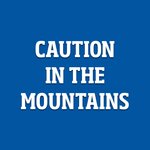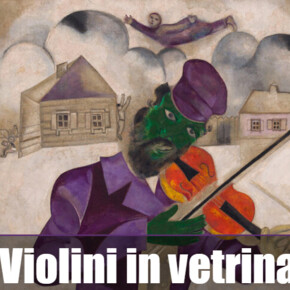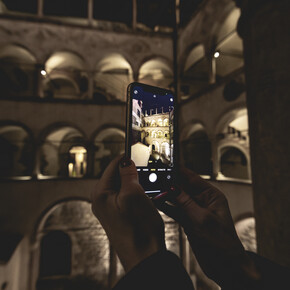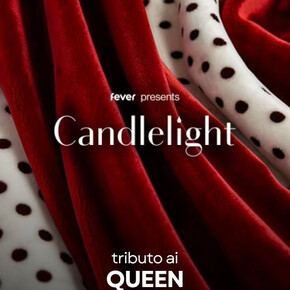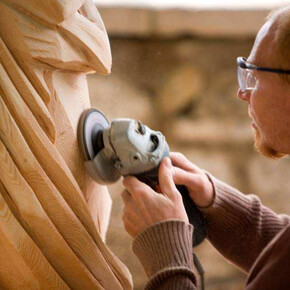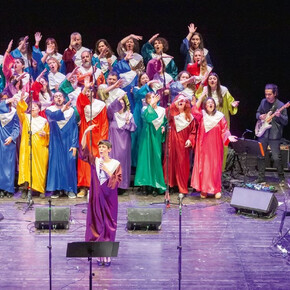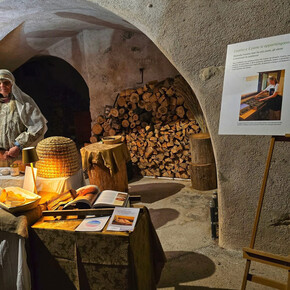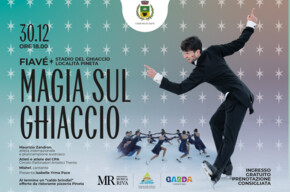The Mountain Touch
A Journey in Healing Nature
17 artists and their works in dialogue with scientific content.
Two museums come together to tell the story of health and connection with nature through art and science.
Art and science forging a new alliance with nature. The Mountain Touch offers visual stimuli of an artistic nature and at the same time presents a series of current issues and scientific research relating to the positive and negative implications of the relationship between man, mountains and nature in the broadest sense.
All the works in the exhibition are related to the mountains and to nature in general, some in a more direct and iconographic way, others in an indirect way, but still closely related to the theme that the exhibition explores and deepens.
The exhibition stems from a series of insights that have emerged in relation to the ongoing climate crisis and the pandemic period. In response to the loss of biodiversity and the progressive degradation of the natural environment, there is a growing awareness that our physical and mental well-being is closely linked to that of our planet.
The exhibition attempts to provide an overview of the main research topics and raises a number of questions, such as how the ongoing environmental degradation may affect our health, or how ecotherapy can be used to cope with eco-alienation.
*****
Themes of the exhibition
The link between good health and a close relationship with nature is deeply rooted in our biological and cultural history. For centuries, people have felt the need to commune with the natural world in order to benefit their emotional, nervous and mental health. Modern science has come to the same conclusion.
Contact with the visible and invisible dimensions of the natural environment results in a reduced occurrence of allergies, autoimmune disorders and high levels of stress, and an improvement in cardiovascular functions, haemodynamic, neuroendocrine, metabolic and oxidative indices, as well as mental processes and psychic well-being.
It remains an open challenge for the entire scientific community to understand how many and which factors are responsible for this beneficial relationship.
The exhibition attempts to provide an overview of the main research topics in this field and raises a number of questions: How can our health be affected by environmental degradation? How can ecotherapy be used to deal with eco-alienation? What is the role in curbing ‘nature deficit disorder‘ or psychoterratic dis-eases of experiences such as mountain therapy, forest therapy, the now well established Shinrin-Yoku or ‘forest bathing’ practice, as well as biophilic architecture and urban park design?
Featured artists: Paola Anziché, Zheng Bo, Ruben Brulat, Alberto Di Fabio, Michael Fliri, Christian Fogarolli, Lucas Foglia, Fernando García-Dory, Nona Inescu, Zora Kreuzer, Bianca Lee Vasquez, Marzia Migliora, Caterina Morigi, Andrea Nacciarriti, Vera Portatadino, George Steinmann, Peter Stridsberg .
In dialogue with the scientific content by: Federica Zabini and Francesco Meneguzzo – Researchers at the Institute for Bioeconomy of the Consiglio Nazionale per le Ricerche (National Research Council), which for years has been conducting the most extensive experimental campaign ever carried out on the effects of forest therapy and immersion in green environments, in collaboration with the CAI-Club Alpino Italiano (Italian Alpine Club) and the Reference Centre for Phytotherapy at the Careggi University Hospital in Florence.
Other scientific contributions: Francesco Becheri, Pian dei Termini Forest Therapy Station, CAI’s Central Medical Commission/Central Scientific Committee; Marina Boido, Alessandro Vercelli – Cavalieri Ottolenghi Neuroscience Institute, University of Turin; Ilaria De March, Felix Windegger, Christoph Kircher – Centre for Advanced Studies, Eurac Research, Bolzano; Gabriella Graziani – the ‘Giulio Natta’ Department of Chemistry, Materials and Chemical Engineering, Politecnico di Milano; and Qing Li – Immunologist and President of the Japanese Society of Forest Medicine, University of Tokyo.
______
Temporary exhibition curated by Andrea Lerda, based on a project by the Museo Nazionale della Montagna (National Mountain Museum).
Source: https://www.muse.it
